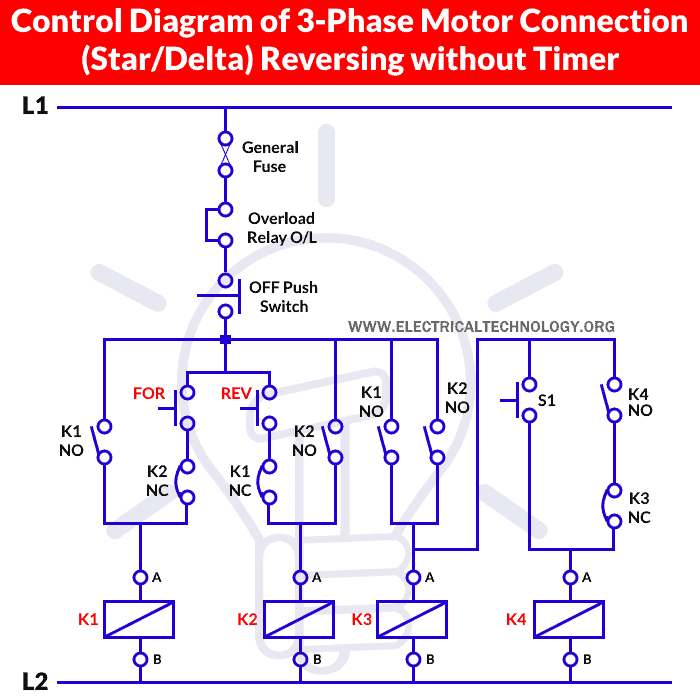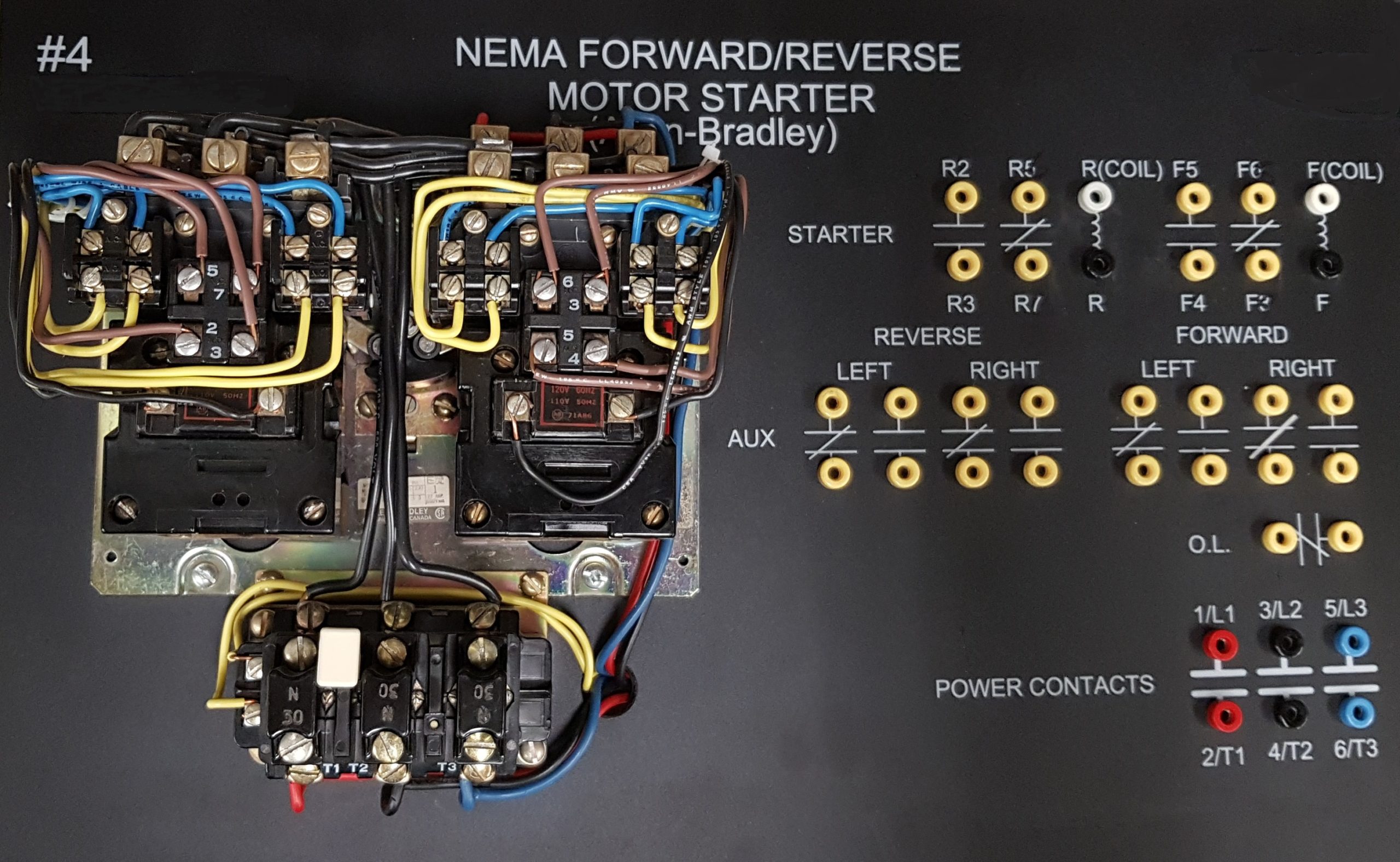

Ultimately, though, unless you plan on trying to learn how to successfully build MOSFET h-bridges, you very well could burn thru (literally) hundreds of dollars worth of MOSFETs just in learning - in such cases, it's cheaper to just purchase a high-current motor controller than it is to try to design and build one on your own, unless you either have the experience, or are working with a proven design.
#Forward and reverse motor control diagram driver
Note also that you can't build a simple "all N-Channel MOSFET" h-bridge (unlike this hybrid design) without a proper "high-side driver" design such a design can be built from discrete components, but usually it's better to just use an off-the-shelf high-side driver IC (or a half-bridge driver IC to control both MOSFETs on a side). Do a lot of research on how all of this plays together, you'll eventually get a feel and understanding for it. All of this is pretty complex, but can be deduced from the datasheets for the MOSFET in question. Usually, it's better to use a single beefier MOSFET with higher current handling and lower resistance (Rdson) - note that so-called "logic level" MOSFETs have extremely low resistance at 5 volts (micro to milliohms), which is something you want in such devices, whereas 10V MOSFETs like the 510 have a higher resistance, which necessitates the higher gate drive voltage. MOSFETs can be paralleled (unlike bipolar transistors) to share a load if you needed to handle more current, but gate capacitance increases doing this, and you may need to drive the gate with a higher voltage to compensate.

In such a case, you could use a true logic-level MOSFET, or a bipolar transistor to switch 10V to the gate. You could probably push that 4A or so (steady mode) or 15A in pulsed mode (with proper heatsinking) and drive on the gate (check the datasheet), though you may need to implement a better way to drive the gate as the 510 isn't a "true" logic level MOSFET, so while 5V will get it to "turn on" (see Vgs) it won't carry the same amount of current as if it were gated with 10V. The IRF510 can handle roughly 5A (Id) up to 100 volts (Vds) in steady mode, but if using pulses (PWM) the current can go up to about 20A (Idm) if the pulses are small enough (high enough frequency) still, derate the current by about half for safety. The current and voltage handling will depend on the MOSFET (Q2 for speed control) and relay you use the MOSFET for relay switching (Q1) isn't important for this, it just needs to be able to handle the current and voltage needs of the relay coil.

If you have placed your pieces differently or soldered the circuit together differently than just look at the schematics layout above. If you have designed and built it like I have than this should be easier and you can just follow the layout above. Now it is time to use your new motor controller.


 0 kommentar(er)
0 kommentar(er)
